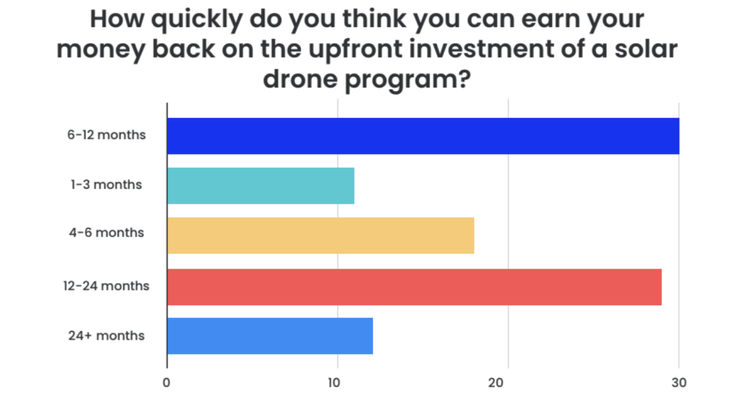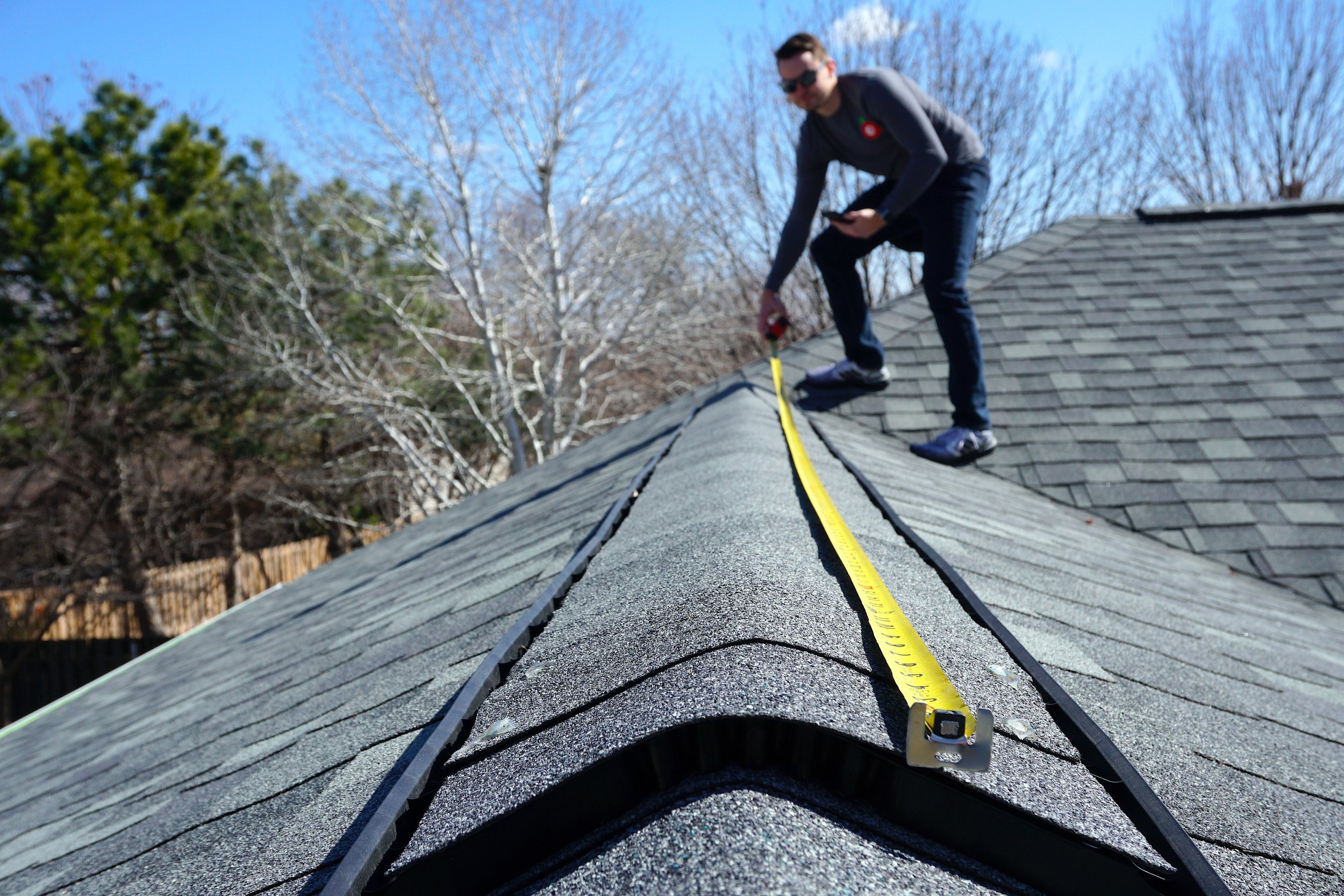Despite the fact that 94.7% of solar surveyors are open to a measurement solution that does not require climbing on roofs, the thought of ditching your measuring tape can be anxiety-inducing.
If you’re worried about digital measurement solutions—even if you know it’s safer, faster, and equally as accurate—you’re not alone and it’s not weird.
At Scanifly, we’ve spoken to hundreds of surveyors about the shift from manual on-site measurements (ladder and tape) to digital (drone with software). Here are the most common anxieties they had about the transition—and how they overcame them.
1. Drones take a long time to learn
Drones seem new and techy to a lot of folks. And they are, but that doesn’t mean it takes years to get used to them.
Learning a drone for solar has two components to it: getting licensed and flying the drone itself. Getting licensed can take as little as a week. Learning to fly a drone takes a little longer, usually 1-2 months, but people report starting to feel comfortable with a drone after just a few hours.
Scanifly even has a free Surveyor Associate Program to teach you how to use drones.
The other thing to remember is that solar technology itself is fairly new and innovative—meaning if you’re in solar, you already know how to handle new technology.
2. Too busy to switch
We’ve heard from a lot of folks that they want to move to digital and stop going on the roof, but they are just so busy.
The people who ultimately made time to learn drones realized two things:
-
It didn’t take anywhere near as long as they thought to learn drones.
-
You can also outsource the drone measurement portion of the job to free up time while you learn by yourself.
Since drones make surveyors around 5x more efficient, these folks more than made up for their time spent adapting to a new workflow.
3. It’s about saving money
Tape measures are cheaper than drones. We don’t fight that. However, drone programs show a return quickly.
When we asked contractors how quickly drones paid for themselves (in the form of lower insurance premiums, fewer truck rolls, fewer redesigns, and happier employees), over 10% believe they will see a full return within 3 months. An additional 15% believe they would get a full return within 6 months and a further 30% said it would take 12 months.

All told, 55% of contractors think they will get a complete return on drone investments within 12 months. Based on our conversations with Scanifly users, most see positive ROI in as little 2 months.
4. Design opposition
More than a few surveyors told us they would happily move to drones but their design team is pushing back. It’s easy to see the designer’s concern: issues with manual measurements are annoying, however, at least they know how to work around them. Drones are unknown.
When we spoke to designers who work with drone images, they said they realized how much easier drones make their lives. While 26% said hand measurements are the most accurate way to measure, 42% said drones were better for measurements.
Despite some designers believing hand measurements are the best, manual surveying errors were rated as the top reason designers had issues doing their job. Data collected by drones, on the other hand, haven’t led to any issues.
5. You like the old ways
Some surveyors told us they simply like the old-school methods. They know it takes longer and there are better ways, but change feels too annoying.
When we pressed more on this—why an ambitious contractor would willingly give up business and put themselves in danger going up on the roof—many privately shared that they are concerned about becoming obsolete. There’s some fear that drones will replace humans and do everything automatically in the future, so they’d rather stick with the manual way as long as possible.
The reality is humans are even more essential with drones. Instead of climbing up on the roof, you’re engaging with customers more. You’re also able to get more surveys done in a day (the current Scanifly record is 26 surveys in a single day). Further, human surveyors are necessary for internal surveying, which a drone will never be able to do.
There’s more to solar than climbing on the roof
As solar contractors and surveyors—like all professionals—it’s easy to stick with the processes you know. However, solar is at a crossroads. Sticking with the traditional methods might feel ok in the short term, but it won’t help if you can’t take on more business—or worse, if an accident happens, which are unfortunately fairly common.
Demand for solar is skyrocketing and seems like it will continue to grow for the foreseeable future. But that doesn’t mean more business is guaranteed. If you don’t update your processes to be more efficient, you won’t be able to take on all the new customers who come your way. And when you can’t, your competitors will.






